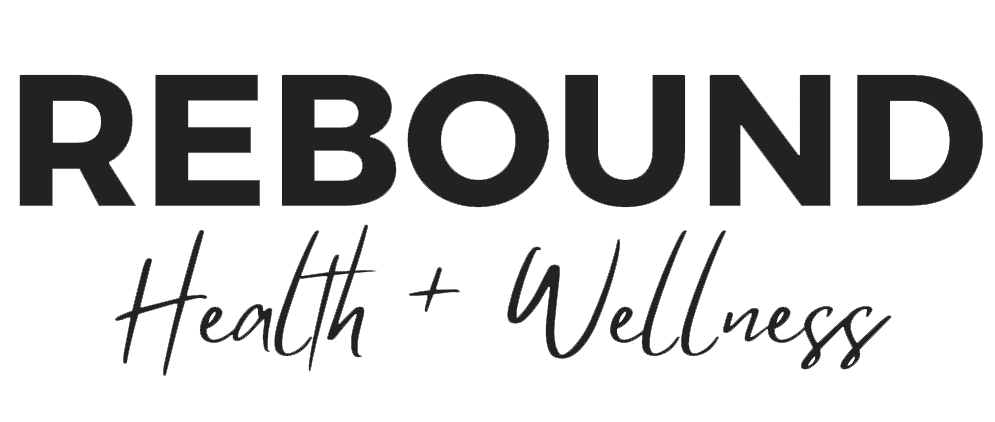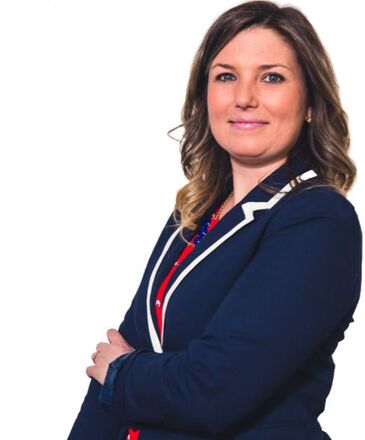What are the top three most common issues you help clients address?
- Acute neck or low back pain- patients who have injured themselves, with a sudden onset of pain
- Headaches and Migraines -I often see people suffering from headaches and migraines, research strongly supports the fact that chiropractic care can reduce the frequency and severity of many different kinds of headaches
- Shoulder pain – Being located in a gym probably makes this a more common issue with our patients, many people don’t realize that I can treat all areas including your shoulders (and knees, and wrists, etc!). Acupuncture is a fantastic option for these issues.
What approaches or techniques do you use as a chiropractor use to treat issues of the musculoskeletal system?
Depending on the issue someone presents with, I use an individualized approach based on current evidence, and clinical experience. This means that I do not follow a cookie cutter approach for everyone. I have a variety of techniques in my “toolbox” as a chiropractor, depending on the area of concern. Treatments often include some soft tissue therapy (muscle release), joint mobilizations to improve motion and decrease pain, and other techniques which include medical acupuncture, instrumented soft tissue treatment, and taping. I also work with my patients to address their ergonomics, sleep positioning, exercise routines, and I provide stretching and strengthening advice when needed.
If you could give everyone one piece of advice this summer what would it be?
Listen to your body! If you are sore and achy during work, take a break- get up and stretch, go for a walk, and stop eating your lunch at your desk! When gardening or exercising, if you feel a strain consider what you are doing before it’s too late.
What is new and exciting on the Chiropractic horizon for this summer?
Chiropractors in Ontario are working harder than ever before to become an integral part of your primary health care team. As musculoskeletal experts, we continue to collaborate with medical doctors, and work to improve patient outcomes in reducing chronic pain.
How is a chiropractor different than a physiotherapist?
Chiropractors and physiotherapists work towards the same goals of improving your function and mobility, while decreasing pain. Chiropractors study conditions and diseases of the musculoskeletal system extensively, and as a result are legislated with the right to diagnose and communicate a diagnosis and are legally permitted the term Doctor. Chiropractors are allowed to provide more forceful mobilizations to the spine known as adjustments; physiotherapists with extra certifications can also do this as well. Both chiropractors and physiotherapists often have a focus on rehabilitation to decrease the possibility of your condition returning. Physiotherapists tend to work more hands on with their clients to complete their rehabilitation exercises.
What can someone expect an initial appointment with you to look like?
An initial assessment includes a thorough health history, and an orthopedic examination. After discussing your current concern, I will examine the area at issue, using a variety of orthopedic tests to determine the root cause. If it is something I can treat, we will discuss my recommended treatment plan, and I start off with some treatment and recommendations. If needed, I will refer you to another appropriate practitioner such as your family doctor, or for an x ray for further assessment.

